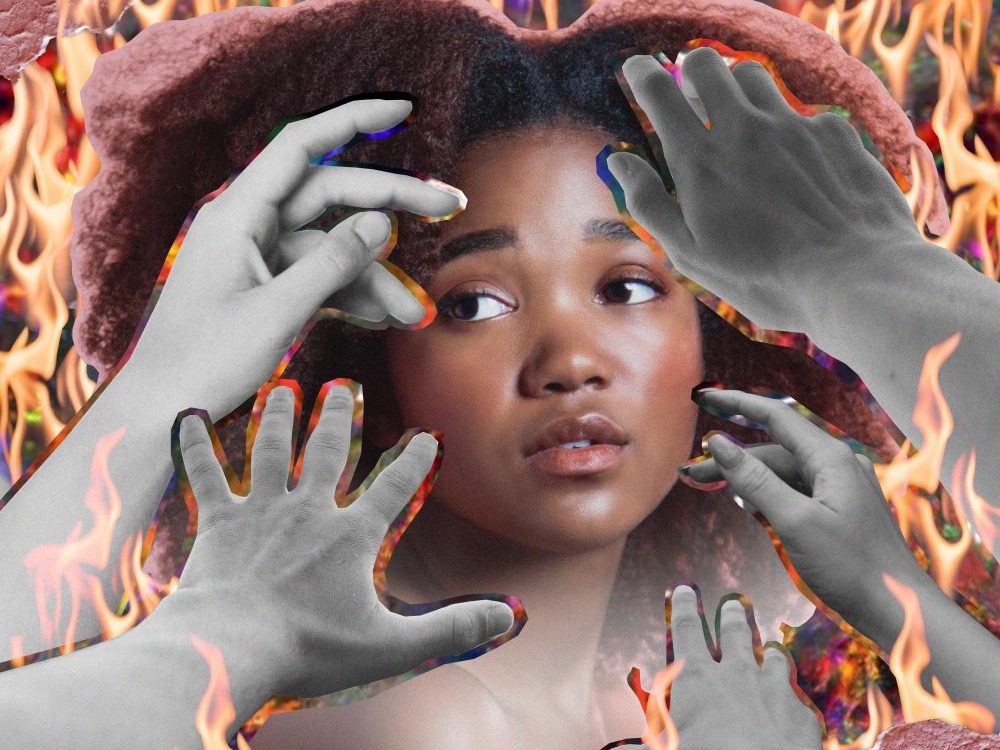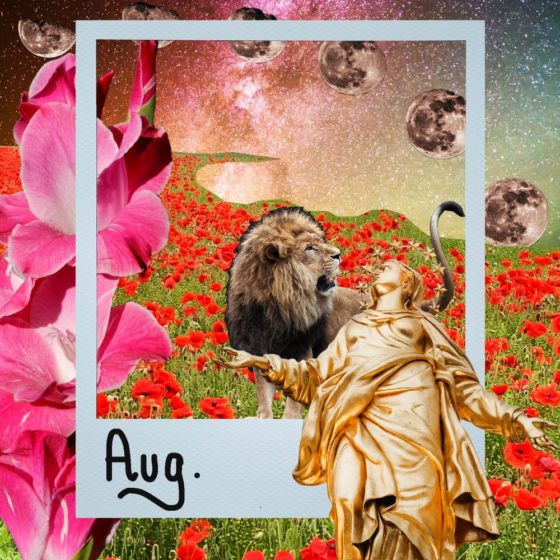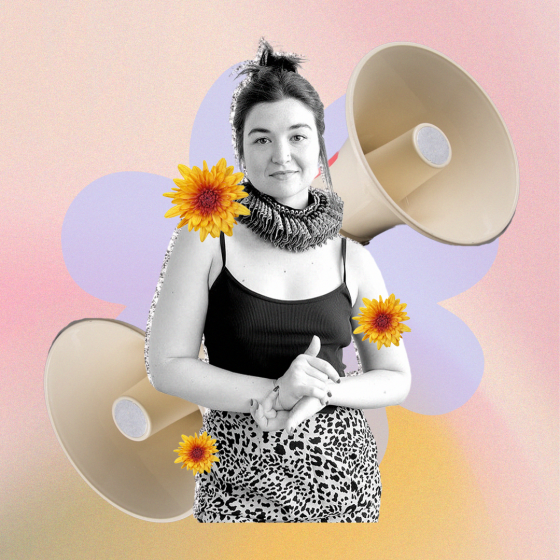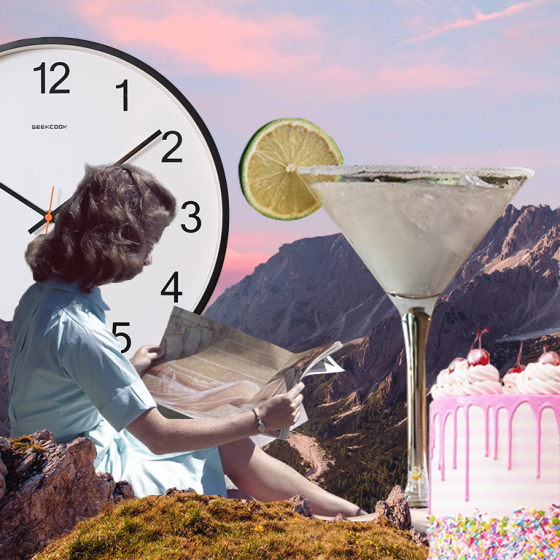Following the case of Ruby Williams, I wondered how much space hair should occupy. Does it vary depending on race, gender or occasion? If it does and these parameters are breached, does a too-big bouffant (for the race, gender or occasion) have the power to offend and disturb those around it?
If you’re not familiar with the case of Ruby Williams, here’s a quick rundown. Ruby is 18 and she is mixed race. When she was 14, she was a pupil at Urswick School in Hackney – a mixed Church of England secondary school. Last month, she won an £8500 payout (which was not quite landmarked because the school “did not accept any liability in the case”) after being repeatedly sent home because her hair didn’t conform with the school’s uniform policy. Urswick’s policy stated that “afro style [hair] must be of reasonable size and length”, which Ruby’s was not. But with the backing of the Equality and Human Rights Commission, she accused the school of race discrimination and was awarded an out-of-court settlement.
Shall we unpack?
Ruby was told that her hair “might block someone seeing the whiteboard or teacher” therefore her afro style was not of reasonable size and length. Three important points are implied in this. The first comes from the word ‘might’.
If her hair might block things, by definition it surely hadn’t yet blocked anything? This point is also implied in the size difference between the two objects to which the afro hair was seen to obscure – a teacher or a whiteboard. It seems unlikely that something so much smaller than both a teacher and a whiteboard could obscure those around it from both simultaneously? If it could, is it exclusive to afro hair or would someone with large hands be asked not to raise them in class to ask a question?
There is an overwhelming lack of experience that many UK institutions apply to their treatment of afro hair textures. It is worrying that this is perpetuated in a London borough like Hackney that has a demographic split of 40% black and ethnic minorities, 36% white British and 14% “other white” residents, according to a 2011 census. Surely the likelihood of someone having afro hair would not have been unusual in a school in Hackney so the logical, proactive approach would be to arrange classrooms in a way that accounts for them or for whiteboards to be placed somewhere visible to all.
An iron parting is drawn

Let’s consider ‘afro style’ hair. The implication is that the texture is a choice as opposed to a natural hair-type. Dreadlocks are a style; crimping is a style (albeit questionable); plaits are a style; an afro is a style. But afro hair is neither uniform nor singular – it comes in several different categories.
The diagram above shows the ten basic hair textures. Broadly speaking, 4a-4c are all afro hair types, although depending on your heritage mix, afro hair can sit further along the spectrum. When I first figured out how to wear my own hair (which sits somewhere between 3c and 4a) comfortably in an afro, my friends were all very kind and complimentary. The most frequent feedback, however, was, “How have you done that?” and “Has it always been like this?”
Owing to the long lack of mainstream representation of natural afro hair and the myriad examples of afros worn as costumes (e.g. Foxy Cleopatra), understanding of its versatility is, I think, quite low. It is often viewed as an accessory or an addition – like a bold pair of earrings – as opposed to a part of a whole. This is, I think, partly why the idea of touching someone’s afro (with or without consent) causes so much confusion. It seems so clear to me why it’s a bit much to ask if you can touch someone’s hair, irrespective of whether they say yes or no, but I can understand that when the person asking isn’t coming from a place of malice, the problem is not necessarily clear.
The best comparison I can give is to imagine if you have very large breasts. They’re not something that you dislike about yourself but people are always commenting on them as if they’re the first and only thing they notice about you. They also sometimes get you sent home from school or from work because you’re showcasing them ‘inappropriately’, even though there’s nothing you can do about how they look in clothes because that’s just their natural size. Often people ask if they can touch them – friends and strangers. People are very nice about them: “Wow, they’re amazing!” or “Oh my god, they’re so soft!” or “It’s so great that you just embrace them like that.” It’s not unkind, but it is tiresome because they are a part of you, not an accessory that you’ve worn to attract attention. They are just your boobs.
Explain yuself, wha yu mean?
The final message sent in Ruby’s case comes from hair of ‘reasonable size and length’. What is reasonable size or length? It is surely subjective to your own experience and exposure to different hair types and textures. As Emma Dabiri explained in Don’t Touch My Hair (which is, by the way, a banging read), afro hair grows upwards as opposed to downwards like European straight hair.
If this was taken into account in Urswick’s hair policy, no 4a-4c afro hair could naturally adhere to these spatial restrictions unless cut or styled to do so. The message that this sends to students – that their natural hair is unreasonable – is disappointing.
I can’t see past your fro
As exposure to afro hair on TV, film, adverts and in general popular culture increases, the texture’s natural volume is slowly being normalised. Whilst cases like Ruby’s are not acceptable for 2020, the coverage that it received is at least a positive. The natural hair movement that we’re undergoing worldwide is progress furthermore – but I hope that it is not abandoned as a trend like crimping that we laugh at or wear ironically in ten years time.
For me, Ruby’s case has made me feel more empowered to retort when someone (often) asks me to move in a photo because they “can’t see past” my hair.
“Then you’ll need to move, hun,” is my planned response, although I’ll probably never use it.









